2026 Festival Theme: Bodies
OUTsider loves and welcomes all kinds of LGBTQ+ art and expression, especially the messy in-between forms. We applaud and seek work that moves from the ethereal to the prosaic. For 2026 we’re putting our whole queer back into the body. Yes, your body! Yes, our queer and trans bodies that refuse to be misnamed, rendered illegal, and disappeared.
Previous iterations of the festival have two-stepped around embodiment with monstrous and shapeshifting metaphors. And as we have been queerious and unplugged, we’ve always been attuned to the fact that our bodies are inherently political. As we embody resistance, our bodies become intricate, fleshy archives of grief, rage, desire, and joy. Our bodies carry traumas and ancestral knowledge in the same breath. In a time of erasure–of non-cormforming and unassimilable bodies, and when our freedom of speech is under attack–OUTsider 2026 is an opportunity to speak directly from and to the flesh. And not just human flesh: we are also talking about our post-human cyborg-kin, the more than human ancestral beings, the non-human plant-queers and multi-legged creatures, and the of-the-earth, fluid, and cosmically entangled bodies.
As artists who imagine other ways of being and occupying space, we are aware that we read as too much, too loud, too weird. We’ve made use of our bodies to create counter-narratives, shaped by freaky carnal pleasures and radical protest. For over a decade, OUTsider has been a container for the convergence of boundary-pushing artistic expressions–a vortex, a portal. We gather to feel big feelings, move grief through our bones, and get sweaty in communion. It’s not just about art, it’s about ritual. As we’ve learned from our queer and trans elders and ancestors, our (nightlife) spaces are capacious enough to be sites of mourning and celebration, as we practice a politics of refusal.
But it’s 2025, and we want to linger on some questions: In this late capitalist and late colonialist era–when all forms of life are being eliminated through genocide and climate catastrophe–what does it mean to hold still for the camera and for our queer bodies and trans bodies to be photographed? What does it mean for these same bodies to want to move, to gesture, to vocalize, and to express a thought, a feeling, a desire? How can we grapple with the fact that our bodies signal a threat for some and are a symbol of liberation for others, most importantly, to ourselves?
We are calling for works that dance at the edges of survival, that serve as buoys in the deep end of loss, and that build worlds where we not only endure but shimmer while imagining otherwise. In a state—and a world—where queer and trans bodies are increasingly under threat, we offer this festival as both shield and sword, as altar and rave.
For past months, our community has been reeling with the effects of a major loss–one of our kin. For four years, Làwû (fka mango) made OUTsider theirs–through their artistic contributions (one part of the duo Mirrored Fatality), in the ways they held space for all of us freaks, saw and celebrated us, and supported and extended the OUTsider family with their tendril-like grace. Our bodies are still holding grief from this loss–grief that folds into the ongoing mourning of life (human and non-human) all around us.
In an essay from 2001, Gloria Anzaldúa–a patlache (a nahuatl word for queer/cuir, non-binary) whose thought and writing about present day realities was often inspired by Mesoamerican mythologies and symbols–suggests: “The Coyolxauhqui imperative is an ongoing process of making and unmaking. There is never any resolution, just the process of healing.” As wayward and unruly beings we are deft at making and shattering, and then remaking–only to shatter again. This, our constant becoming. OUTsider 2026 is less a gesture toward wholeness or closure, and more a desire to continue cracking openings to the many ways we might make sense of our irresolute lives and livelihoods through queer temporal landscapes.
In Kapampángan mythology (Philippines), Làwû is known as the eater of the sun and moon. Our loved one’s connection to celestial bodies inspires us to reach new forms of relation–to connect our earthly bodies with our kin now ever-present in the cosmos. OUTsider 2026 is our way of honoring Làwû’s memory, their artistic vision, and expansive love for all of us queerdos.
Send us your offerings. Come grieve. Come conjure. Come celebrate our freaky, fragile, infinite bodies.
